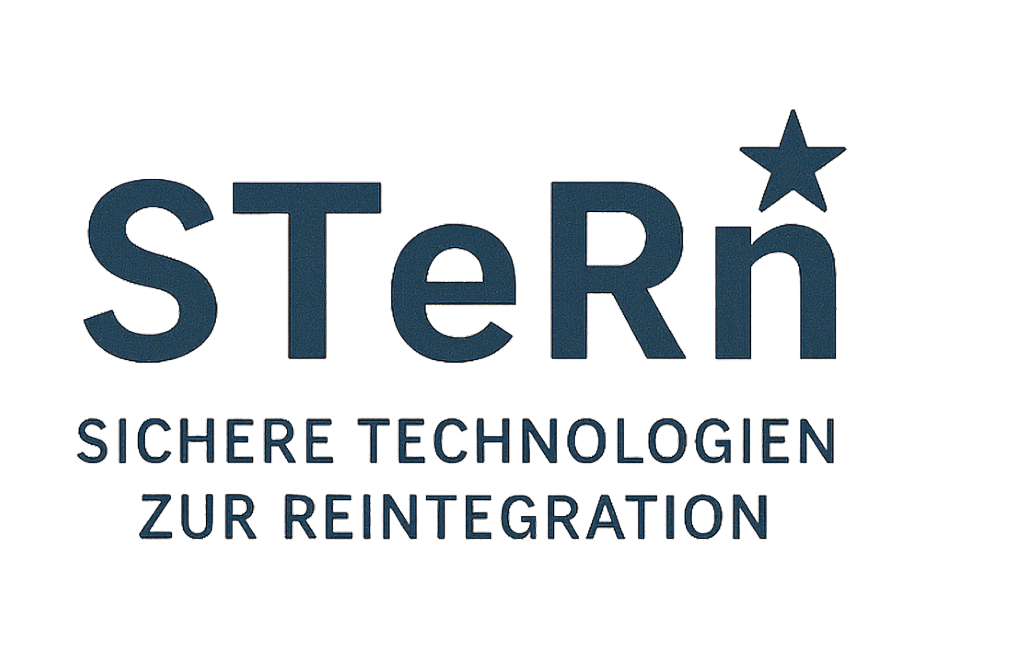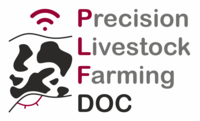Development of an AI-based tool for analyzing the need for forensic linguistic expertise Forensic linguistics is an emerging discipline that is used when documents of any kind become the subject of an investigation and thusconcerns criminal offenses such as stalking, blackmail, hate postings and defamation. In addition, anonymous tips, letters of confessionand manifestos can also … Continue reading TXT – Language as a Trace →
Mapping Scribal Landscapes of Tibetan and Sanskrit Manuscripts MASLOTS uses deep learning (DL) methods to systematically identify the hands of individual scribes in manuscript collections. Using this new information alongside the other available sources, researchers in MASLOTS evaluate and investigate the roles of the historical figures traceable in the manuscripts. With this approach, MASLOTS has … Continue reading MASLOTS →

Secure Technologies for Reintegration Digital technologies, such as videotelephony and controlled internet access, have expanded inmates’ opportunities to maintain social ties, access educational resources, and prepare for reintegration. Monitoring these interactions is resource-intensive, particularly for multilingual communication that often requires interpreters, and staff shortages make supervision challenging. The STeRn project addresses these challenges by implementing … Continue reading STeRn →
Emergency response operations are critical for ensuring public safety during disasters and emergencies. First responders (FRs) , including firefighters, paramedics, and police officers, are on the front lines of emergency situations, where they often face immense risks to their health and safety. The iMARS project is designed to address the significant challenges FRs encounter by … Continue reading iMARS →

Research on URBan road traffic In challenging environments – With the advancement of autonomous driving technology, the integration of autonomous vehicles into everyday life is becoming increasingly prevalent. To ensure the proper functioning of autonomous vehicles, it is necessary to equip them with various sensors that can perceive the surrounding environment and transmit the gathered … Continue reading URBIS →

UNIversal Single camera-based 3D sensing for COmprehensive human PErception – The aim of the UNISCOPE-3D project is to develop highly innovative software algorithms that enable robust and precise three-dimensional analysis of the human body with a single camera. This comprehensive analysis of the human body from individual camera images is essential for a wide range … Continue reading UNISCOPE-3D →

The doctoral program ‘PLFDoc – Precision Livestock Farming’ (PLFDoc) is a collaborative project involving the TU Wien, the University of Applied Sciences Upper Austria, and the University of Veterinary Medicine Vienna (coordinator). This interdisciplinary training program offers five PhD candidates the opportunity to work as a team to contribute to a more sustainable agriculture with … Continue reading PLFDoc – Precision Livestock Farming →

The aim of this project is to develop an innovative system that has the ability to recognize the emotional states and body language of the occupants of a vehicle. Through the use of modern technologies such as computer vision and machine learning, the vehicle is supposed to understand the emotions, moods, and needs of the … Continue reading Empathic Vehicle →
Mobile Artificial Intelligence Justice Assistant In the preceding research project DIGDOK, digitalization potentials of analog, inmate-focused documentation processes were explored. Following the project results, the project MAIJA focuses on researching a mobile digital assistant, the “Mobile Artificial Intelligence Justice Assistant (MAIJA).” The existing data is analyzed in terms of Prison Intelligence to generate new insights. … Continue reading MAIJA →

Aim: PhD Proram Visual Heritage The possibilities for preserving our cultural heritage have made enormous progress through digital technologies. Visual media such as historical photographs and amateur films are important components of the media collections created by digitization. To capture the contents of these collections and gain new insights, it takes methods that combine efficient automated data analysis with … Continue reading Visual Analytics and Computer Vision Meet Cultural Heritage →





